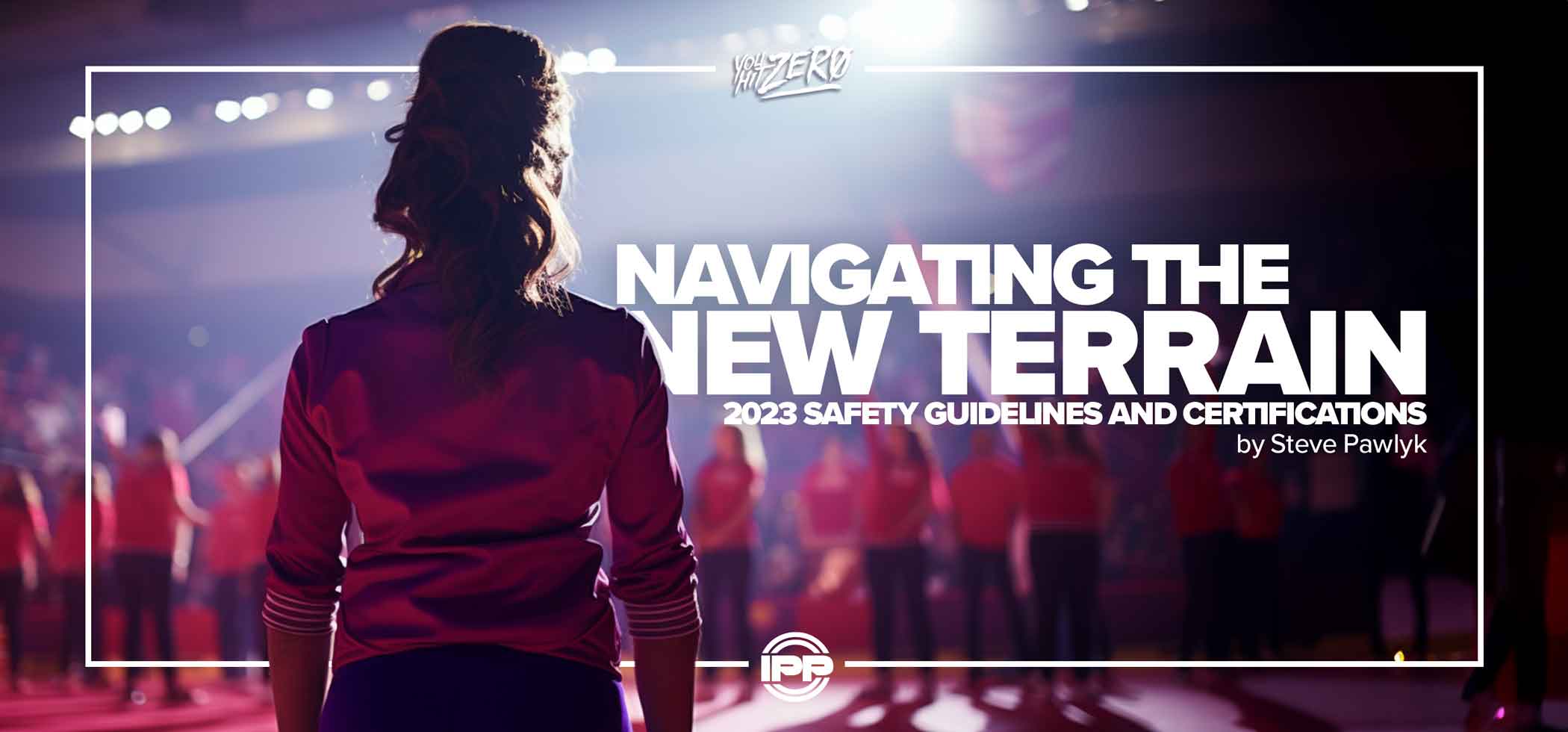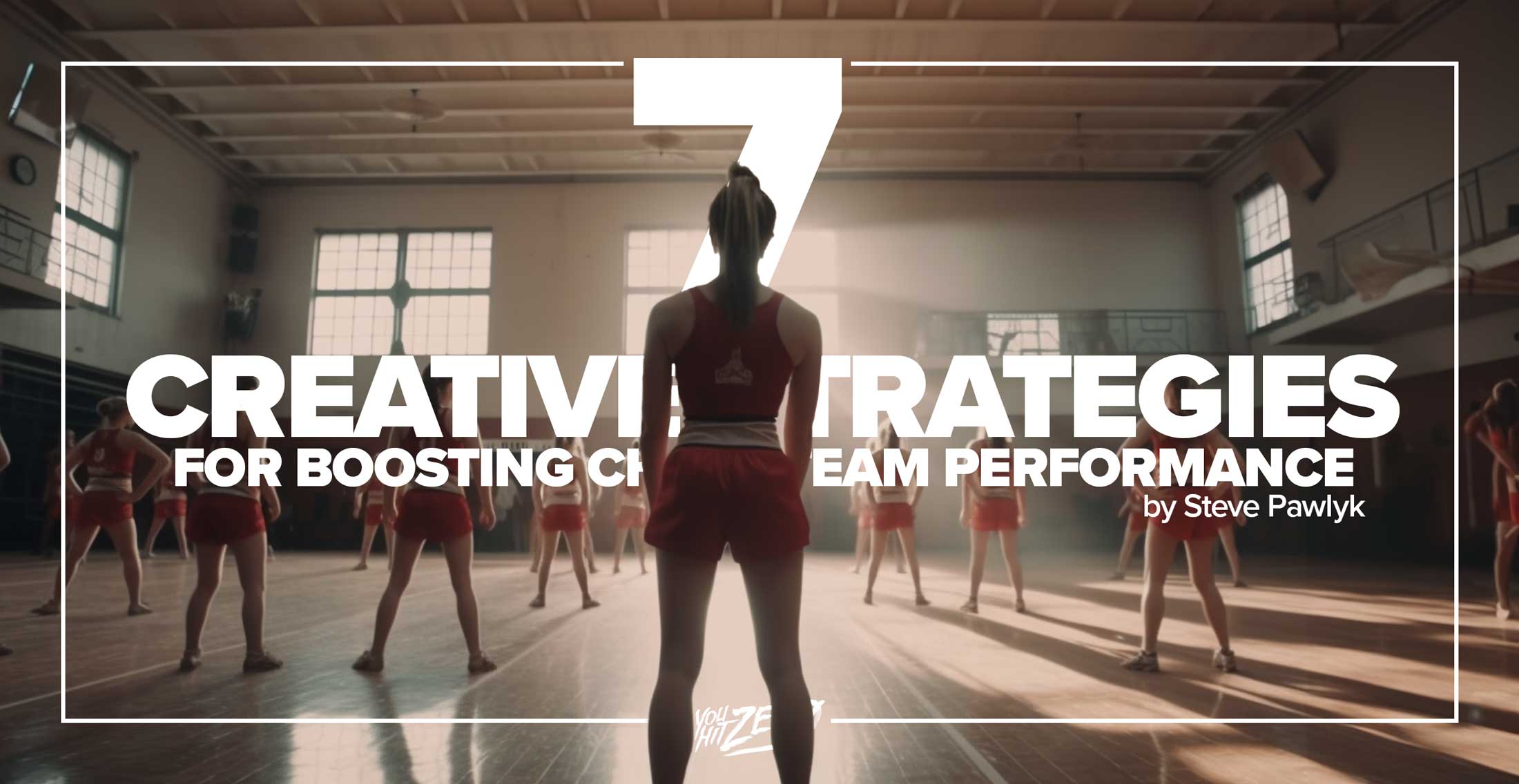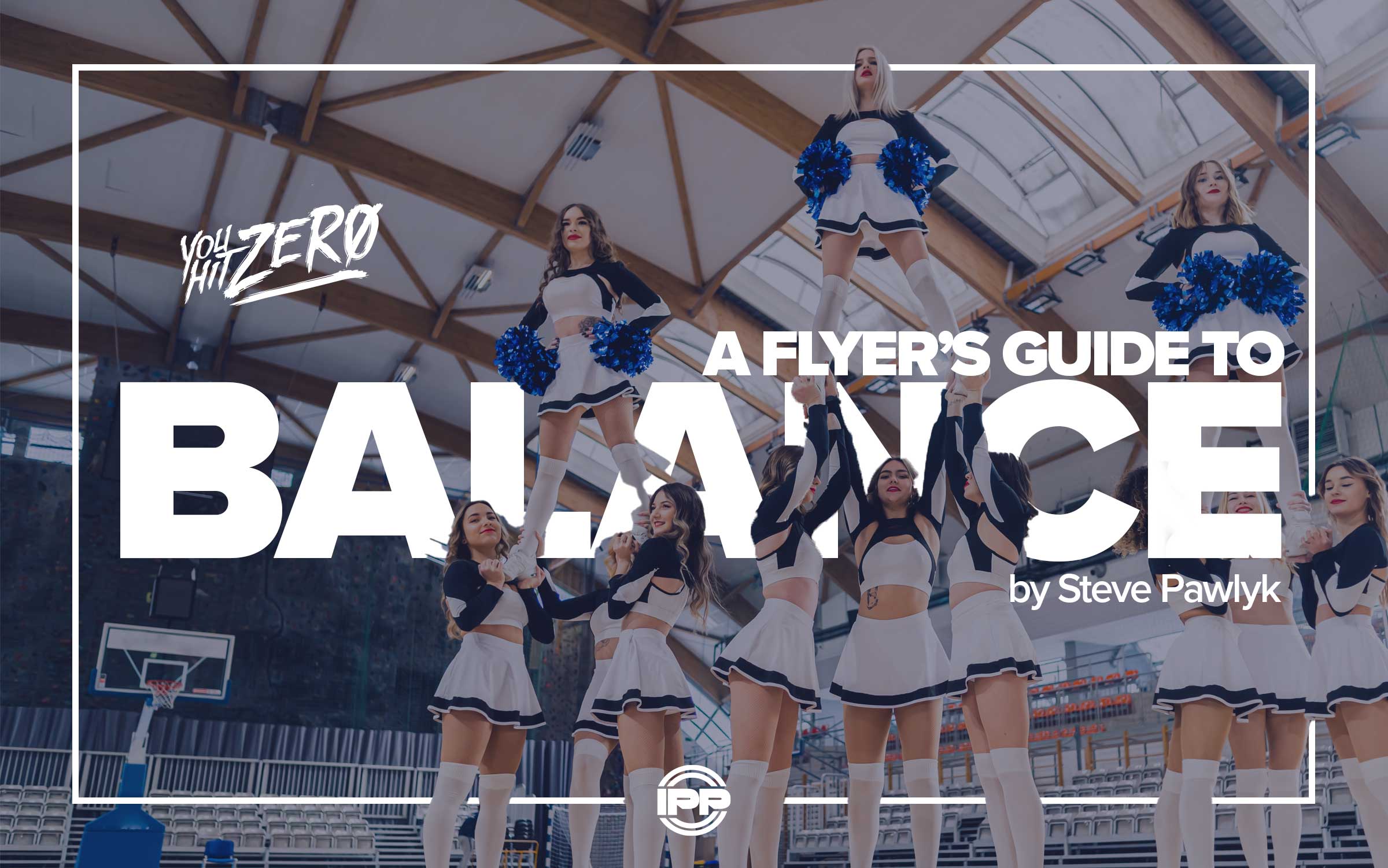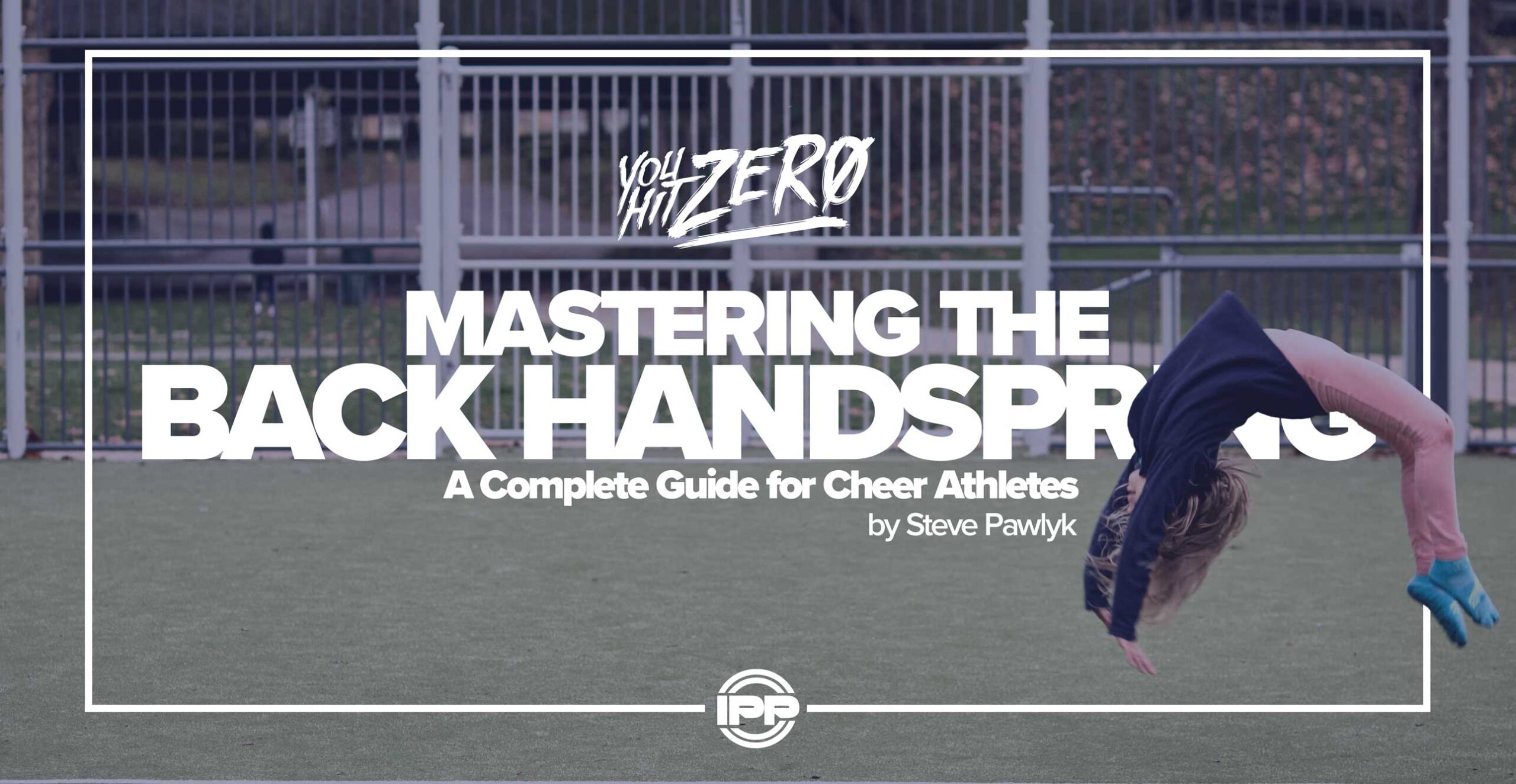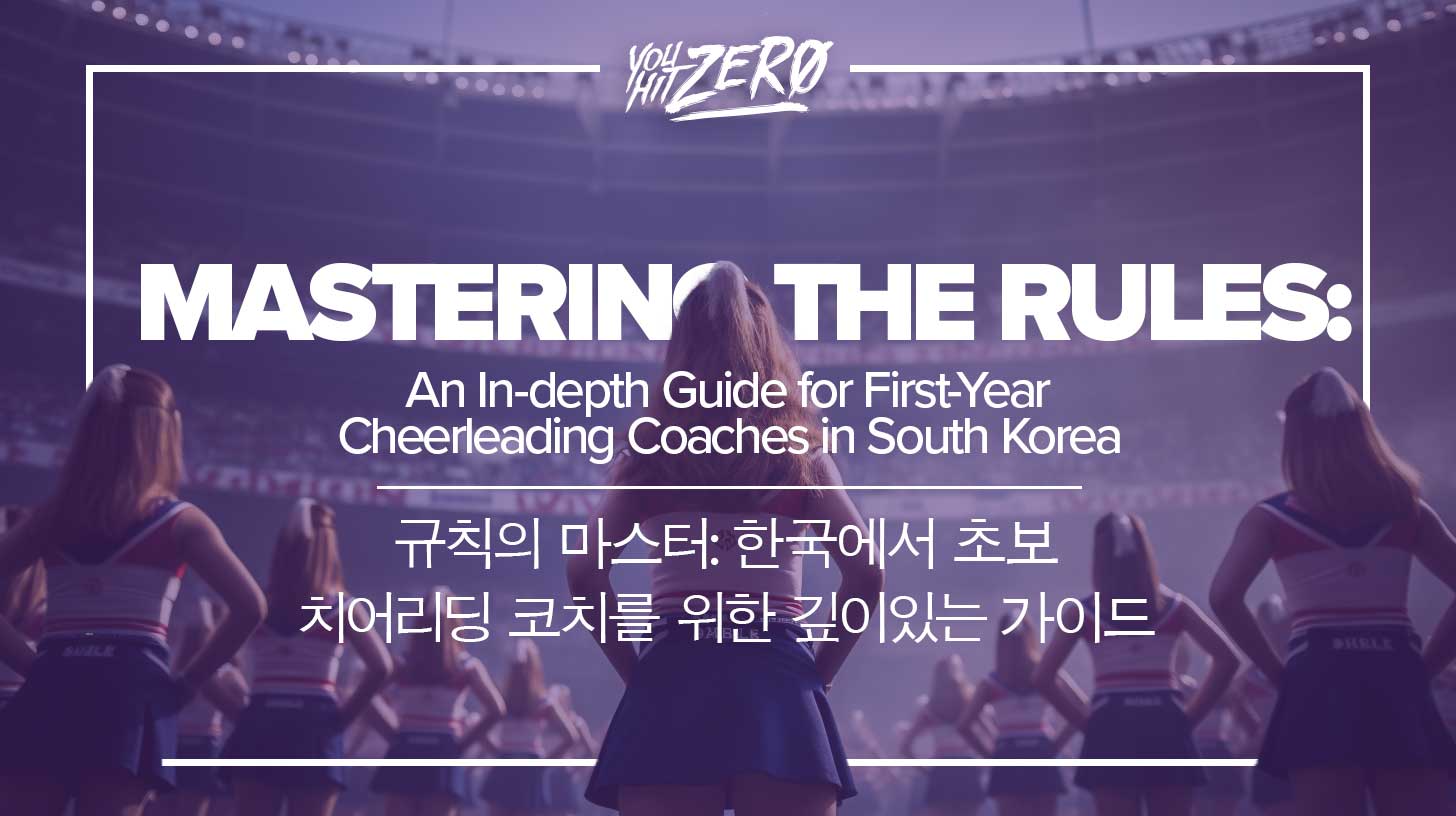By Steve Pawlyk
Published December 6, 2023
In the dynamic world of cheerleading, staying abreast of the latest safety standards is paramount for coaches. 2023 brings fresh updates to safety guidelines and coaching certifications, reflecting the ongoing commitment of the United States All Star Federation (USASF) to athlete welfare. This article delves into these critical updates, offering insights for coaches to maintain the highest safety standards.
Updated Safety Guidelines:
The USASF continually revises its rules and guidelines, prioritizing safety, skill progression, and fair play. This year’s adjustments are no exception, with a focus on creating a consistent and safe environment for cheer athletes at both events and practices. Coaches must familiarize themselves with these changes to ensure their teams comply with the latest safety protocols.
Importance of Coach Credentialing:
The USASF’s reinforced rules and safety guidelines are augmented by a robust coach credentialing process. This certification ensures that cheer coaches are proficient in teaching appropriate skill progressions. It’s not just about knowing the routines but understanding how to execute them safely. The certification equips coaches with the knowledge to enforce safety rules effectively, a crucial aspect in a sport where precision and safety are intertwined.
Safety Judge Certification:
Beyond coaching credentials, the USASF also offers safety judge certification. These certified judges play a pivotal role in maintaining safety standards during competitions. They are armed with the latest resources and knowledge to ensure compliance with safety rules, providing an additional layer of safety for athletes.
Adapting to New Safety Standards:
For cheerleading coaches, adapting to these updated guidelines and obtaining the necessary certifications is not just a regulatory requirement but a moral obligation. It speaks volumes about a coach’s dedication to their athletes’ safety and well-being. This year’s focus on safety is a reminder that the sport is continually evolving, and so must our approaches to coaching and care.
The 2023 updates to cheerleading safety guidelines and coaching certifications are pivotal in ensuring the sport’s integrity and the safety of its participants. As coaches, understanding and implementing these changes is crucial. By staying informed and certified, coaches not only comply with regulations but also demonstrate their commitment to fostering a safe and positive environment for their athletes.
IPP's Premade Mixes are USA Cheer Compliant and customizable! Add Sound FX, swap songs, & more! Add your Team Name to the mix for only $10!





